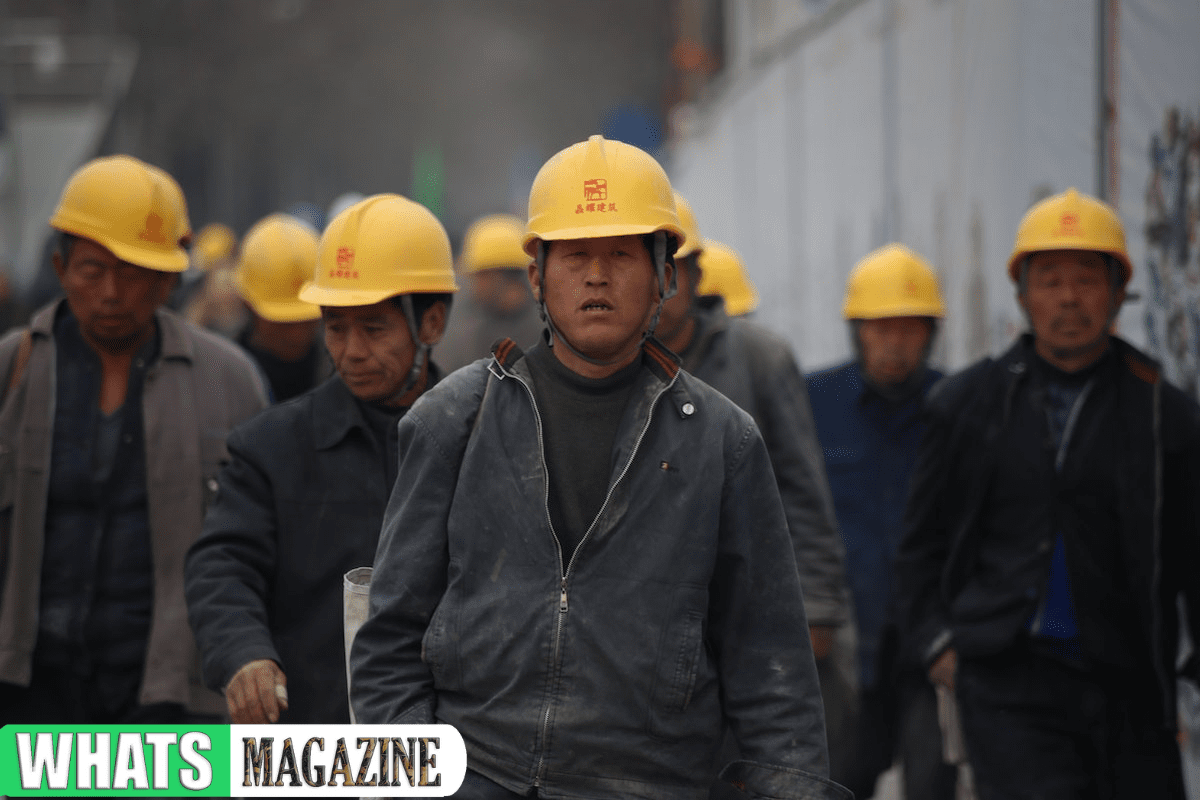Whether working at heights every day or even on occasion, always remember that your safety should always be your top priority. It would only take one mistake to turn routine tasks into fatality or serious injury.
So, if you are the manager, you should always be prepared to protect your employees whenever they are exposed to fall hazards. You may also check with osha.com for more tips and safety measures for workers.
This article lets us know some tips every worker or manager should know when they work at heights. So, without further ado, let’s get started.
In this article
Understanding Height Hazards
Working at heights usually refers to work where workers could fall or injure themselves. For example, it could be through a roof’s edge, ladder, or openings on the floor. Even if you’re loading a dock may also be considered working at height.
Usually, working in high-risk industries, OSHA could also require fall protection for height changes of about four feet or more (you may refer to osha.com).
Working at Height? Here are some tips to know.
Here are some tips for safety in helping mitigate the risks of working at heights.
1. Choose the Right PPE
If you use personal fall arrest systems provided by the management, always make sure you will choose the right equipment. Wearing harnesses that meet standards usually works the same despite the cost.
However, the price can get something extra. Sometimes, it could be just a name, but its functionality makes it costly. Usually, it costs simply because it’s been made comfortable.
It’s safe if you will do research and know what you need. If you also have workers who do welding jobs at heights, then the standard nylon harness will not have the needed heat protection. Comfort is always important, but the main concern is the ability to adjust the harness so it will fit. Make sure it works for its purpose and design.
2. Use Railing
If there’s any chance, you probably should use railings. The Railing is a type of protection, probably the most recommended or easiest way to keep workers safe. But, again, there will be no training or extra equipment needed.
There are also railing systems for every rooftop style. But regardless of the type you are using, you will find rails as an easy fall protection system once placed.
3. Understand Fall Distance
You may wear fall protection equipment, but if it fails to engage before you even hit something, there’s no use. This may seem obvious, but you will be surprised at how easy it will be to get this part wrong.
Usually, it would be better to go onto the construction site or just observe the maintenance crew in the plant and see workers off the ground. So, while you think it will work at first glance, you probably think it will work. Unfortunately, there are a number of reasons why it will not.
4. Choose an Anchor Point
At this point, you will realize that there will be a lot of factors involved as to fall safety. And what’s so important about having the right harness and lanyard set is if the anchor point does not hold the load, the answer will be nothing.
5. Right Use of Aerial Lifts
There are many ways where something could go wrong when operating aerial lifts. First, however, workers should know how to use aerial lifts correctly, as one thing that usually gets missed is any workers in boom lifts. It could be any height or time, but it must be tied off properly.
6. Using Ladders the Right Way
Ladders usually lie at many industrial sources and accident-prone areas in a workplace because many would take them for granted. So, before any workers use a ladder, you should consider whether or not they are in their best condition for the task.
You should also make sure that employees are trained well using a ladder. It’s not as simple as you think it would be, but for everyone’s safety, there are things to consider – the ladder’s extension, rise and run, and points of contact.
7. Know What and When Fall Protection is Required
There are usually 3 factors you should think about when you consider when or what type of fall protection is needed. It’s usually the duration, frequency, and location of work. If you check at osha.com, it now uses 2 terms to help determine the duration and frequency of work.
Wrapping Up
Now that you know some tips, working safely at height areas usually requires focus, safety precautions, and proper training in place. Becoming too complacent may lead to serious accidents or injury.
Don’t let it happen; just take action before it’s too late. And if you want to learn more about ways to mitigate fall hazards, check with whatsmagazine.com to help you.











